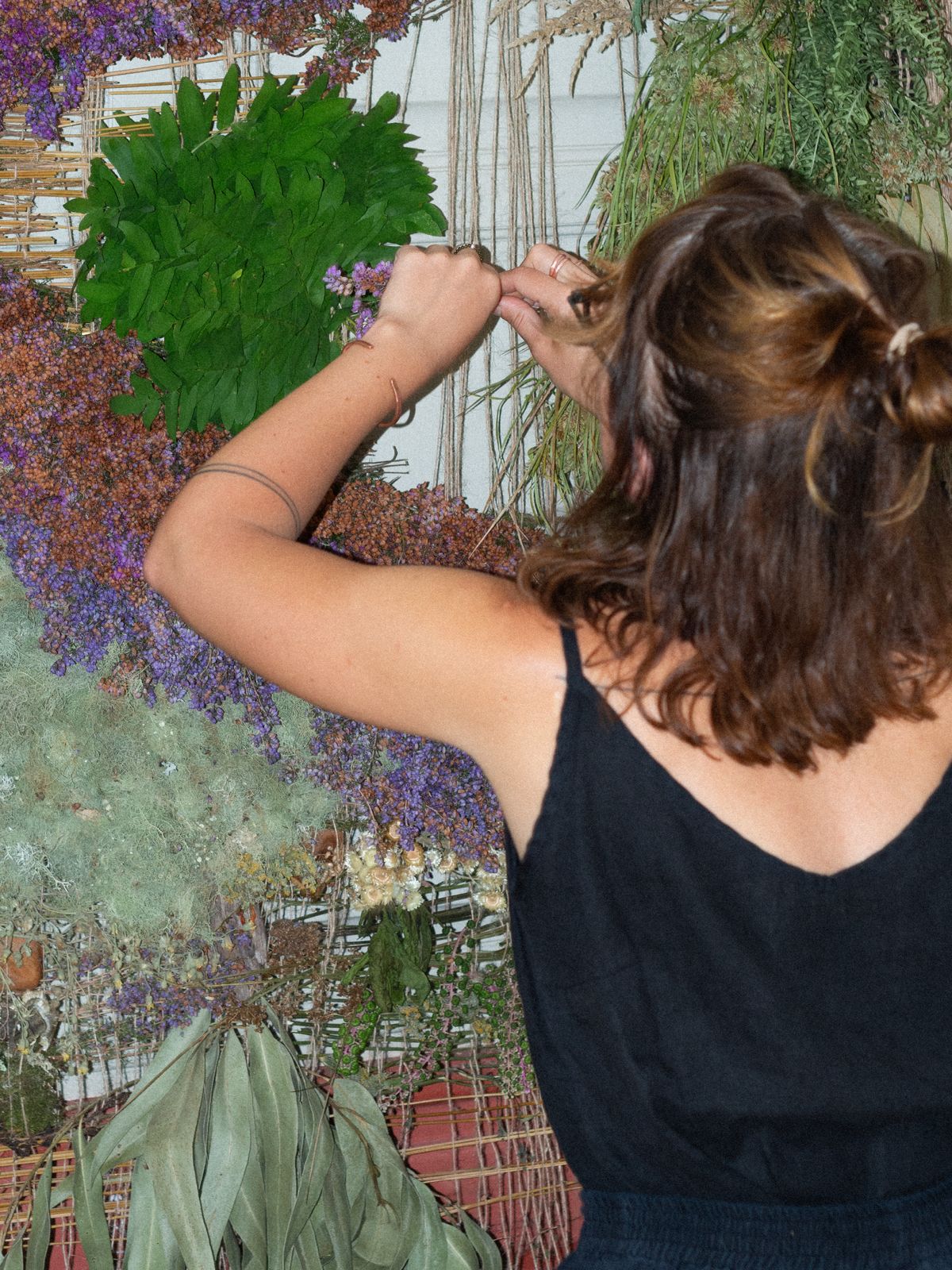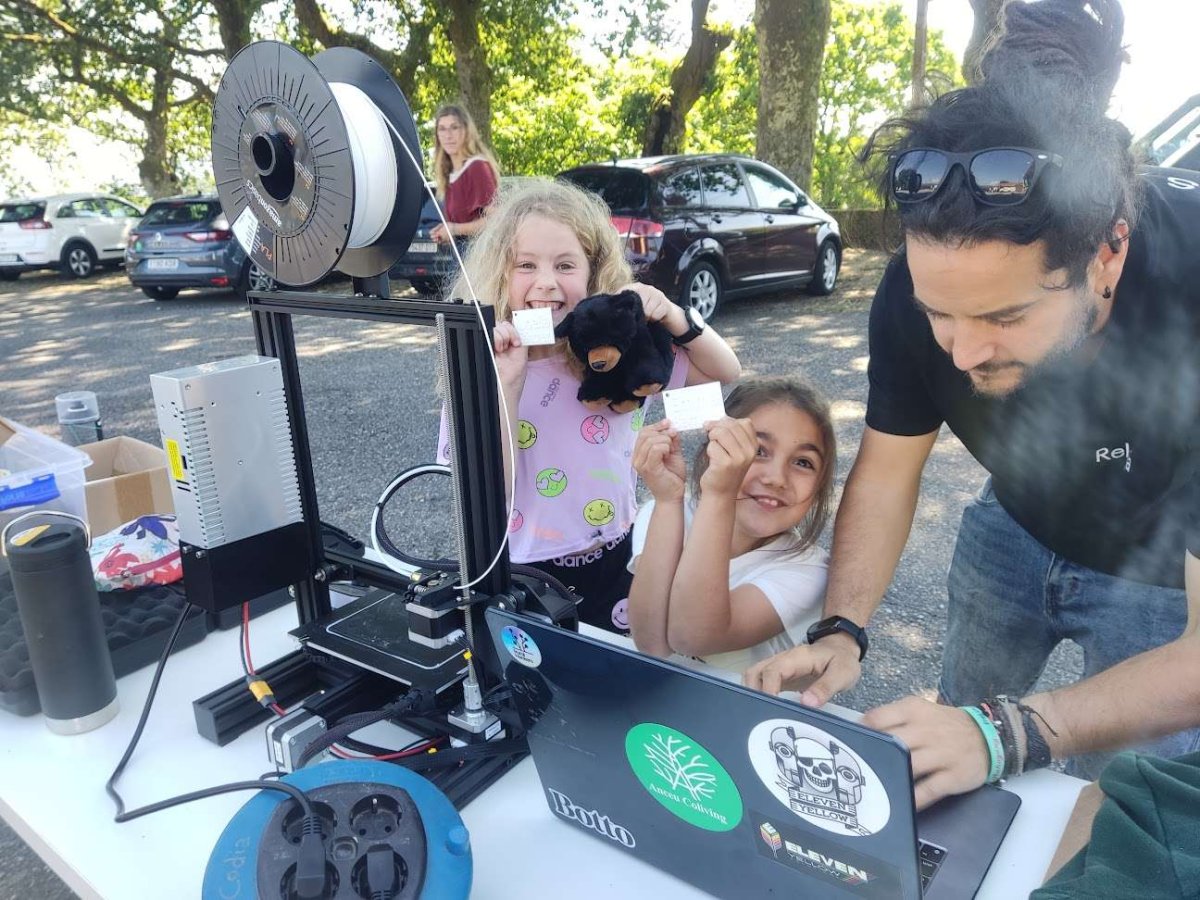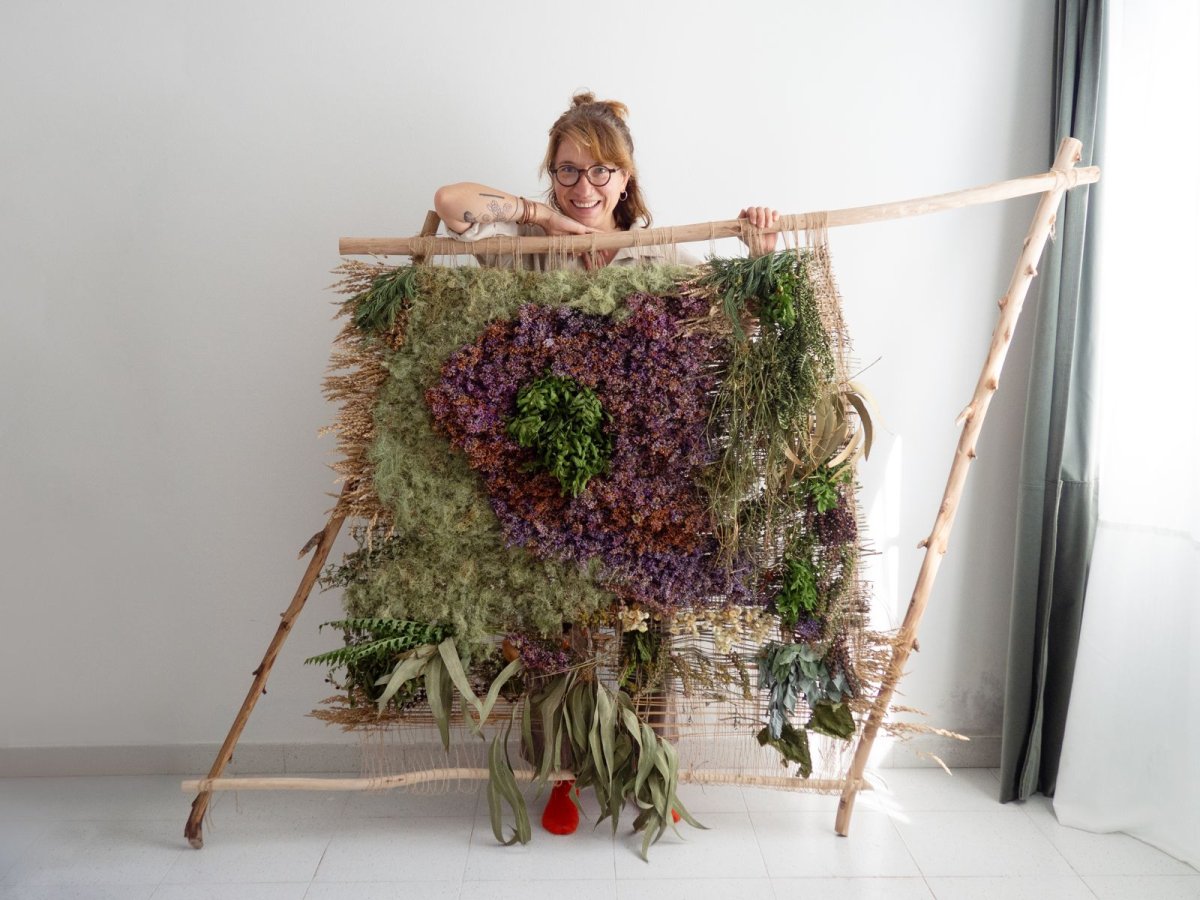Ignacio Márquez grew up in Galicia, a region in northwestern Spain struggling with economic decline and depopulation. He and the people who later named themselves Rural Hackers were locals who understood that meaningful innovation must emerge from the community itself, not be imposed by external experts. This is their story:
Ignacio recognised that Galicia represented a microcosm of rural European challenges, ageing populations, economic stagnation, and fading cultural traditions. But instead of accepting this narrative, he wanted to rewrite it.
Their approach was straightforward: listen to residents, understand their specific needs, and create collaborative solutions. To address this, Rural Hackers turned to open-source IP models. Instead of seeing IP purely as a mechanism for exclusion or monetisation, they embraced Creative Commons and open licensing as tools for visibility, connection, and co-creation.
These approaches allowed creators, especially emerging artists, to protect the recognition of their work while enabling others to adapt and reuse it. Through this model, IP became an enabler of networked innovation rather than a barrier to entry.
“For us, adopting an open-source and Creative Commons model was a clear, intentional choice. We are committed to creating solutions collaboratively with the community, so it only makes sense that these solutions remain accessible to everyone.”
Rethinking Intellectual Property in Rural Contexts

Mery Jabłońska, an artist who undertook a residency with Rural Hackers, worked within this framework, exploring the connection between art and nature in rural Galicia.
Viewing herself as the sole owner of her art felt colonial; instead, she saw it as sharing her inner vision with the world. She aspired for others to find inspiration in her work, creating a regenerative cycle where her contributions would serve as seeds for future artistic growth, much like nature's continuous renewal.
Rural Hackers was born out of a desire to challenge the prevailing notion that innovation is exclusive to urban areas.
She collected seasonal plants and leaves, creating an intuitive canvas from natural wood. It was a visual metaphor for ageing, emphasising that nature provides all we need. Viewers could engage with the artwork through multiple senses, such as touching the textures, smelling the organic scents, and watching how it changes during the year as the natural materials undergo changes. This symbolised the ageing process and the transient nature of life.
“In my artistic journey, I see my work as something that can inspire, grow through others, and be part of a larger movement, so we are a good match with open source, which is also an IP model. As a community, Rural Hackers sees money as a tool, not a destination. Here, time and connection are our real currency. That’s what fuels the art, and that’s what makes it meaningful.”
Her residency was not just about creating an artwork but about participating in a larger conversation about creativity, ownership, and the relationship between human expression and the natural world. Through her installation, she embodied the Rural Hackers' philosophy of open, collaborative, and transformative art.
IP is not just about restriction. It can be a tool for empowerment, sharing, and regeneration.
Regions, like Galicia, often face depopulation and the risk of losing their cultural heritage. Additionally, artists and young creators in such contexts frequently lack access to traditional IP infrastructure and commercial tools, making it difficult for them to gain recognition or effectively protect their work.
They draw inspiration from communities like WordPress, an open-source platform powering 472 million websites worldwide. This represents around 43.6% of all websites, built collaboratively and transparently by thousands of global contributors. WordPress proves that open source isn't at odds with financial reward; it makes previously unimaginable achievements possible. That's exactly the spirit they embrace and want to spread.
The open IP strategy of Rural Hackers significantly enhanced their visibility and reach. By licensing their projects under Creative Commons, they extended their impact beyond Galicia and invited others to collaborate, adapt, and disseminate their models globally.
This approach positioned IP not as a constraint, but as a means to scale, inspire, and build trust within and across creative communities. Their work demonstrates how non-commercial IP strategies can generate recognition, stimulate collaboration, and foster innovation.
A Progressive IP Model in Rural Innovation

Open licensing models like Creative Commons can offer creators both protection and visibility. IP is not just about restriction. It can be a tool for empowerment, sharing, and regeneration. These are the lessons Ignacio and Mery learnt and want to share with the community.
“Honestly, I do not know what the future is about, but I know what works for Rural Hackers and our understanding of art. We need models rooted in collective growth, where IP isn’t just about protection but also about open community possibilities. If we want a vibrant, inclusive, and truly innovative creative ecosystem, openness isn’t a risk; it's the way forward,” says Ignacio.
Using IP strategically in rural or alternative contexts is not limiting; instead, it can unlock new pathways to innovation. Or put better, “If we can create a movement, a generation of projects that attracts people like Mery, then it’s already worth it.”
Images: © Rural Hackers, 2025
This Case Study was created under Creative FLIP, an EU co-funded project aimed at further increasing the long-term resilience of the CCSI in key areas such as Finance, Finance, Learning, Working Conditions, Innovation & Intellectual Property Rights.
Key Takeaways
- Open source and Creative Commons licensing are not about giving up ownership, but about managing IP in a way that fosters collaboration, accessibility, and community-driven innovation.
- Licensing under Creative Commons empowers others to build upon creative works while ensuring original creators remain acknowledged and respected.
- IP can enable inclusive, sustainable innovation in rural contexts, showing that openness and economic viability are not mutually exclusive.











